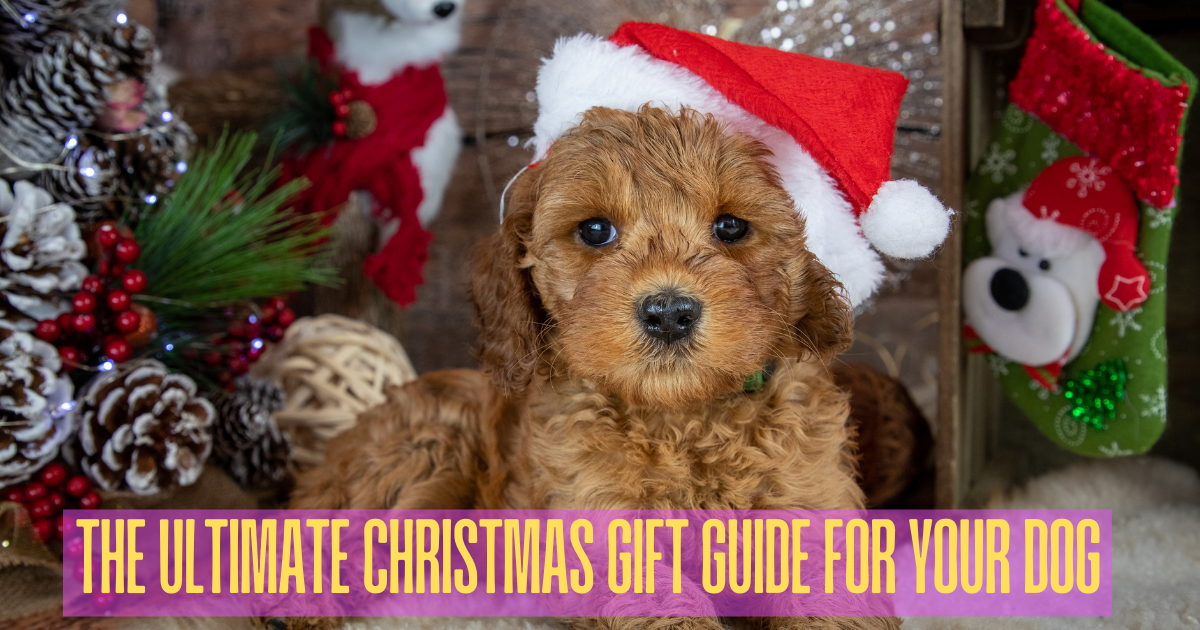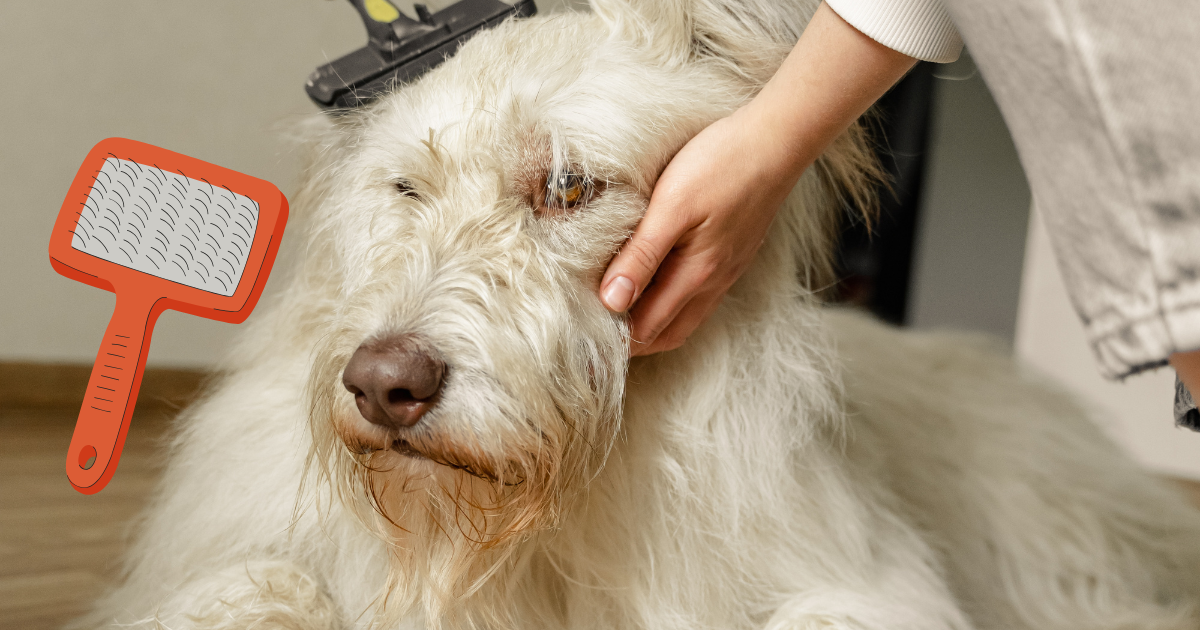

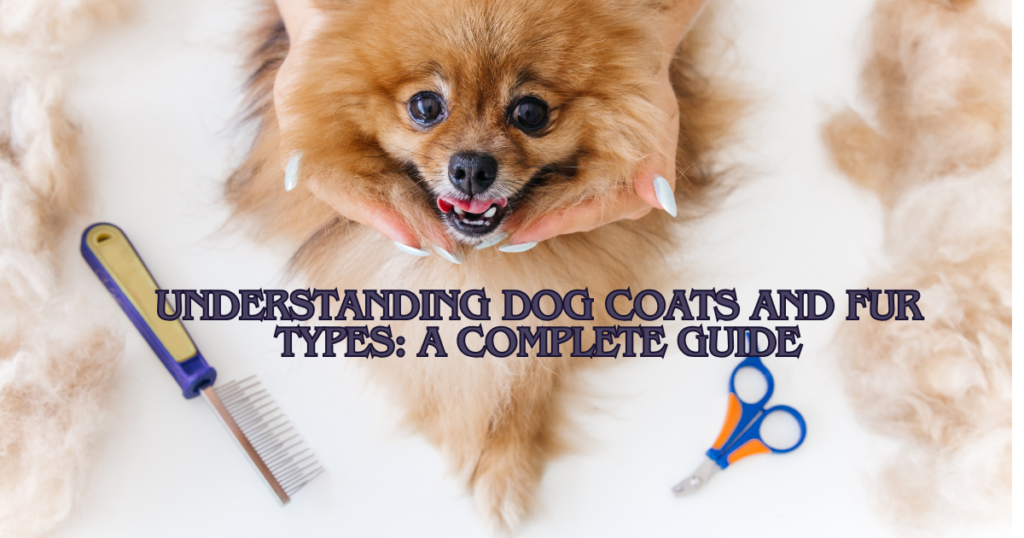
Dog coats are versatile and a true piece of art. Dogs come in all shapes, sizes, and coat types. From silky and smooth to dense and curly, a dog’s coat is more than just a layer of fur—it is essential to their overall health and well-being. But did you know that different coat types require very different care? Understanding your dog’s coat is important for maintaining their comfort and keeping them healthy.
This article will cover various types of dog coats, their unique characteristics, and how to maintain them. Whether you’re a new pet parent or simply looking to improve your furry friend’s grooming routine, this guide is packed with practical tips to get you started.
Dog coat types
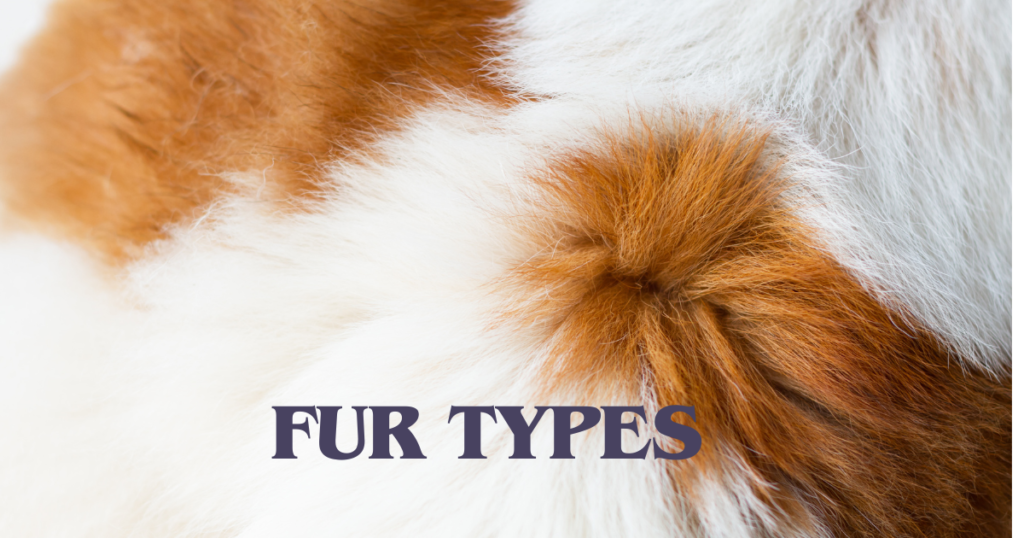
Here are the types of coat patterns on dogs:
1. Smooth Coat
Smooth-coated breeds have short, sleek fur that lies close to their body. Examples of large dog coats include breeds like Beagles, Boxers, and Dobermans. While their fur might appear low-maintenance, smooth-coated dogs still shed and require regular grooming to maintain their shine.
Characteristics:
- Short and flat
- Minimal fluff
- Easy to spot dirt or debris
Care Tips:
- Brushing:
Use a rubber grooming mitt or soft-bristle brush once or twice a week to remove loose fur and stimulate the skin.
- Bathing:
Bathe every few months or as needed, as their short coat doesn’t trap as much dirt. Keeping dog’s body part clean is very important aspect as it helps in maintaining the health and wellness.
- Shedding:
Though minimal, expect shedding during seasonal changes.
2. Double coated dogs
A double coat consists of two layers of fur—a dense undercoat meant for insulation and a topcoat that’s water- or weather-resistant. Breeds like Golden Retrievers, Huskies, and German Shepherds have double coats.
Characteristics:
- Thick and fluffy
- Seasonal shedding (often heavy during spring and fall)
- Protective against cold and water
Care Tips:
- Brushing:
For a subtle edge brushing the dog’s coat and harness is very important. Brush their coat more often during shedding seasons with an undercoat rake and slicker brush. Regular brushing prevents matting and reduces shedding.
- Bathing:
Don’t over-bathe double-coated dogs, as it can strip natural oils. A bath every 2-3 months, or as needed, is sufficient.
- Avoid Shaving:
Never shave a double-coated dog, as their coat regulates both body temperature and protection from UV exposure.
3. Wire Coat
Wire-coated dogs, such as Terriers and Schnauzers, have coarse and rough fur designed to protect them from harsh environments. The wiry texture often gives these breeds a distinct “scruffy” look.
Characteristics:
- Coarse and stiff texture
- Often has a hand-stripped or plucked appearance
- Minimal shedding
Care Tips:
- Hand-Stripping:
Regularly hand-strip or use a grooming tool to remove dead hair from the coat and encourage new growth.
- Brushing:
A slicker brush or a comb works well to prevent matting and maintain neatness.
- Professional Grooming:
Wire-coated dogs often require professional grooming to keep their coat in good condition.
4. Curly Coat
Curly coats, as seen in breeds like Poodles and Portuguese Water Dogs, are thick, dense, and tightly curled. These coats are not only stylish but also water-resistant—a trait prized in many working and aquatic breeds.
Characteristics:
- Thick curls or waves
- Many are hypoallergenic (minimal shedding)
- Requires regular care to prevent tangles and matting
Care Tips:
- Brushing:
Daily brushing is important to prevent tangles. Use a slicker brush or comb designed for curly coats.
- Bathing:
Regular bathing (about every 4-6 weeks) combined with proper conditioning helps keep curls manageable.
- Clipping:
Curly-coated dogs often need professional grooming every 6-8 weeks to maintain their shape and prevent matting.
5. Silky Coat
Silky-coated breeds like Yorkshire Terriers and Afghan Hounds are known for their long, luxurious fur. Their coat resembles human hair and requires a specific grooming routine to keep it healthy and neat.
Characteristics:
- Soft, fine, and flowy
- Often grows continuously
- Prone to tangling and matting
Care Tips:
- Brushing:
Daily brushing with a pin brush or comb is crucial to prevent tangles and maintain smoothness.
- Trimming:
Regular trims are needed to manage length and style.
- Conditioning:
Use detangling sprays or conditioners during grooming for easier handling of their fine fur.
6. Short Coat
Short-coated dogs, like Labrador Retrievers and Bulldogs, have fur a bit longer than smooth-coated breeds but still require minimal maintenance. Their length provides a slightly thicker, denser texture.
Characteristics:
- Short yet slightly dense
- Low-maintenance
- Short fur can result in noticeable shedding
Care Tips:
- Brushing:
Weekly brushing with a curry comb or bristle brush keeps their coat shiny and removes debris.
- Shedding Management:
During shedding seasons, increase brushing with a de-shedding tool.
- Bathing:
Bathe as needed (every 2-3 months is average).
7. Hairless
Hairless breeds, such as the Chinese Crested or the American Hairless Terrier, lack a traditional coat but may have small patches of fur. Their exposed skin makes them highly susceptible to environmental factors.
Characteristics:
- Little to no fur
- The skin often feels warm to the touch
- Vulnerable to sunburn and irritation
Care Tips:
- Skin Protection:
Apply sunscreen during outdoor activities to prevent burns.
- Moisturizing:
Use pet-safe moisturizers to keep their skin supple and healthy.
- Hygiene:
Regular baths help maintain clean, healthy skin.
General Coat Maintenance Tips for All Dogs
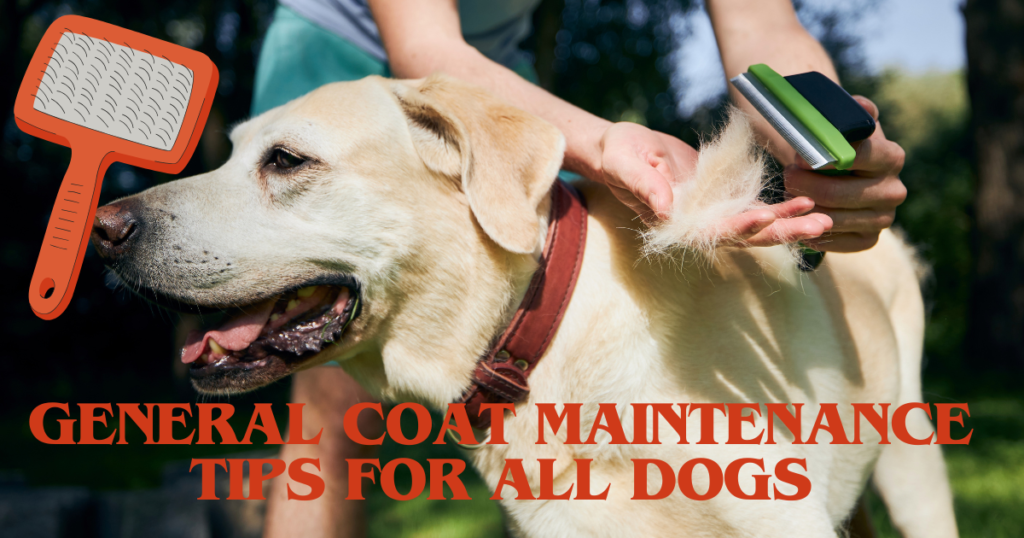
Regardless of coat type, maintaining your dog’s fur goes beyond aesthetics—it also impacts their health and comfort. Here are some universal coat care tips:
1. Healthy Nutrition
A dog’s coat reflects their internal health. Feed them high-quality food rich in omega-3 and omega-6 fatty acids, which promote a shiny and healthy coat. Additives like fish oil or coconut oil can also help.
2. Stay Hydrated
Dehydration can lead to dry, brittle fur. Ensure your dog has access to fresh water at all times for a lustrous and Shiny Dog Coat.
3. Maintain Flea and Tick Protection
Fleas and ticks can cause skin irritation, fur loss, and health concerns. Regularly use vet-recommended flea and tick prevention methods.
4. Keep Regular Grooming Appointments
For breeds requiring professional grooming, schedule appointments as per their coat type’s demands. Groomers can handle trimming, shaving, and more advanced care.
5. Check for Skin Issues
Keep an eye out for redness, flakiness, or bumps during grooming. These could indicate skin allergies, infections, or other medical issues requiring veterinary attention.
6. Use Proper Grooming Tools
Invest in grooming tools tailored to your dog’s coat type (e.g., undercoat rakes for double coats or pin brushes for silky coats). Using the right tools prevents pulling or skin irritation.
7. Be Patient and Gentle
For dogs unaccustomed to grooming, take it slow and turn grooming time into a bonding experience. Reward them with treats and praise to encourage cooperation.
Final Thoughts
The dog coats are unique, and understanding their proper care ensures your furry companion looks and feels their best. From brushing to professional grooming, coat maintenance is an essential part of being a responsible pet owner. Remember, a healthy and well-cared-for coat is often a sign of a happy, healthy dog.
Whether you have a Poodle with a curly coat or a Labrador with a short coat, tailor grooming habits to your dog’s specific needs. Your efforts will not only make dog coats look great but also deepen your bond with them.
With the right knowledge and tools, keeping your dog’s coat in optimal condition is simple and rewarding—for both you and your canine friend.

